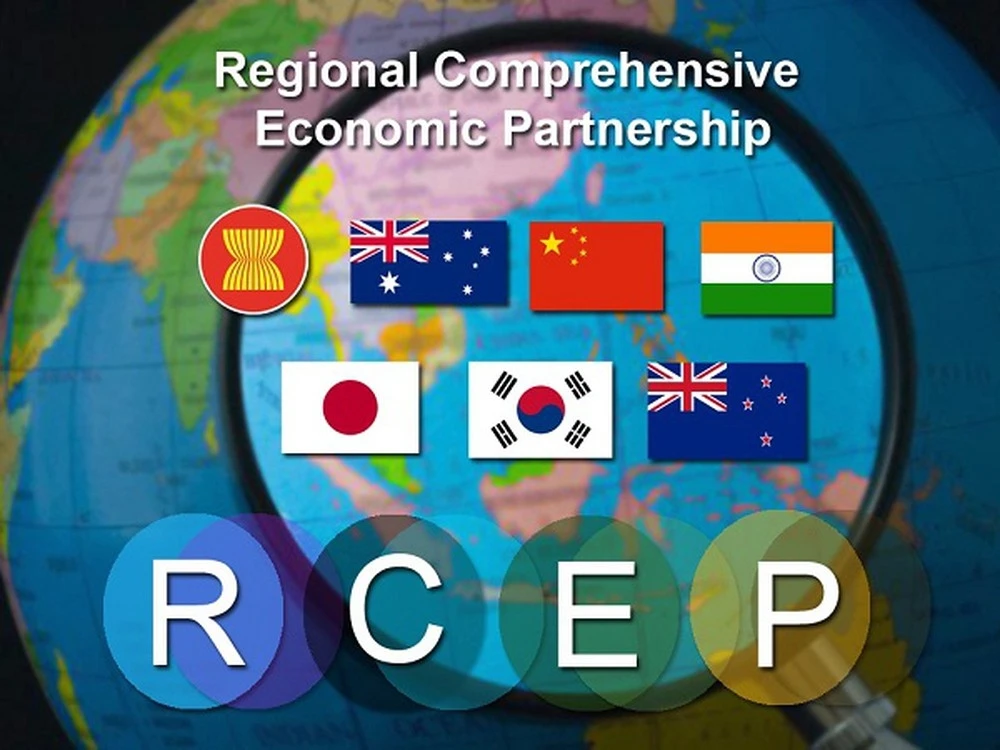
However, the ASEAN manufacturing supply chain will face difficulties if India refuses to participate in the Regional Comprehensive Economic Partnership (RCEP) expected to be signed this month.
India can fill market void
At the preparatory session meeting of senior economic officials of ASEAN countries and the recent international guests (SEOM), one of the important topics covered were how to take necessary action to ensure that the supply chain for production within the group continues to run smoothly. Specifically with the complicated Covid-19 pandemic situation, ASEAN needs to take joint action to maintain the supply chain, and facilitate the supply of raw materials for businesses, especially for small and medium enterprises (SMEs).
The Chinese economy is currently paralyzed, which has caused the global and regional production chains to be disrupted. China is the main trading partner of ten Southeast Asian countries, whereas ASEAN is the second largest trading partner of China, after the EU. Therefore, China's growth and any disruption affects all ASEAN countries. A report by the ASEAN + 3 Macroeconomic Research Office (ARMO) suggests that in 2020 China's GDP could fall by 0.5%, while ASEAN countries could lose about 0.2%.
Ensuring the supply for the production chain is an urgent issue for all the economies of ASEAN countries. Therefore, the RCEP agreement is realized with all sixteen participating economies, including the presence of India, which is expected by many ASEAN countries as India can surely fill the manufacturing void left by China. RCEP is a large trade agreement, with continuous impact on regional and global trading systems, accounting for 29% of the world's GDP, on par with the North American Free Trade Agreement (NAFTA), and bigger than the European Union (EU). RCEP will bring different countries together, from developing economies in Southeast Asia, to global powers, such as Japan, South Korea and China.
In all this, India has a great advantage in becoming a global manufacturing hub for regions connecting with the supply production chains. This is becoming more and more evident, as India's “Make in India” policy which started in 2014 has already achieved remarkable results. It is no coincidence that in recent years diplomatic relations between the United States and India have become increasingly warmer. Americans have seen the promising potential of India to replace China’s role as a key supplier of goods. This second most populous country in the world with 1.3 billion people also has a workforce of hundreds of millions of people, that are much younger compared to China, where the population has passed the "golden age" already.
Therefore, an open, highly binding economic agreement on commitments like RCEP will surely bring greater benefits to all parties, and offset the supply of raw materials for the ASEAN production chain, which is seeing a serious shortage from instability in the traditional Chinese market. If RCEP is realized with ASEAN, India will reduce tariffs by 80% on goods, of which 65% will be reduced immediately and the remaining 15% will be reduced in the following ten years.
This will create an opportunity to promote India-ASEAN bilateral trade more strongly than the India-ASEAN Agreement signed in 2010. In addition, RCEP will also break down high tariff barriers, which is one of the reasons that trade turnover among ASEAN countries accounts for only a quarter of the total trade turnover of this bloc.
India unwilling to join RCEP
Even so, India thinks that RCEP is not attractive enough and could be a negative factor for the Indian economy. In November 2019, India announced its withdrawal from negotiations and intention of joining RCEP. In India's view, RCEP is an opportunity for this country to improve trade relations with ASEAN countries. The 2010 India-ASEAN Agreement was signed to enhance India's exports, and to strengthen trade links with Southeast Asia under New Delhi's "Act East" policy.
However, the Indian Parliament report shows that India's trade deficit with ASEAN countries has doubled in a short period, from USD 5 bn in 2010 to nearly USD 10 bn in 2017. This is what India, with a "market protection" mindset, is concerned about. During negotiations over the past five years, when other RCEP members wanted a 92% reduction in commodity taxes, India insisted on an 86% reduction.
Another equally important aspect that has led India to withdraw from the RCEP is a growing concern about the trade deficit from China. At a time of great difficulty due to the trade war with the US, China wanted to tap more potential markets like India, and RCEP is a great opportunity. Two-way trade between India and China reached USD 95.5 bn in 2018, but China's trade surplus with India was USD 53 bn. This is the main reason why India refused to participate in RCEP, and is a hindrance to negotiations because India wants to keep some measures to protect the economy from China, but China does not give in.
India's failure to join RCEP shows that India is increasingly focused on protecting its domestic production and has set a priority goal of addressing trade deficits with other countries. Many experts predict that in the near future, it will be difficult for India to sign more FTAs and will also review the FTAs signed with ASEAN, Korea or Japan due to the increasing trade deficit.




















